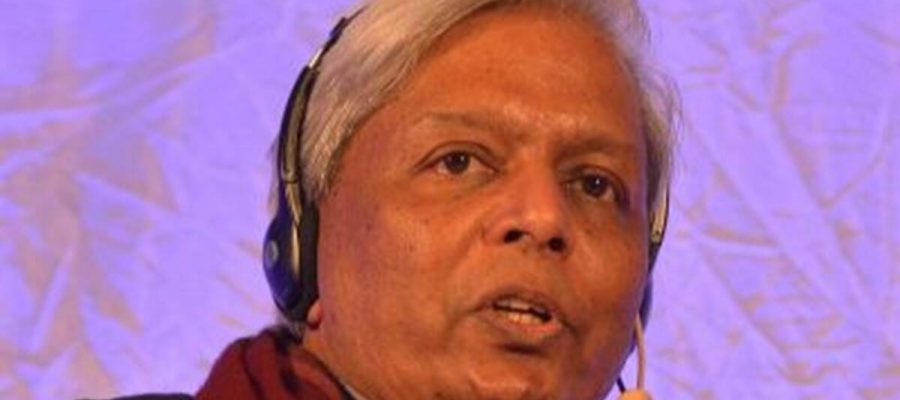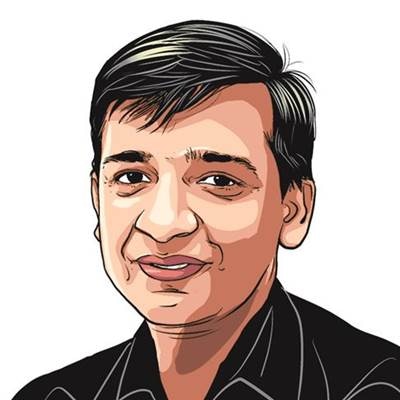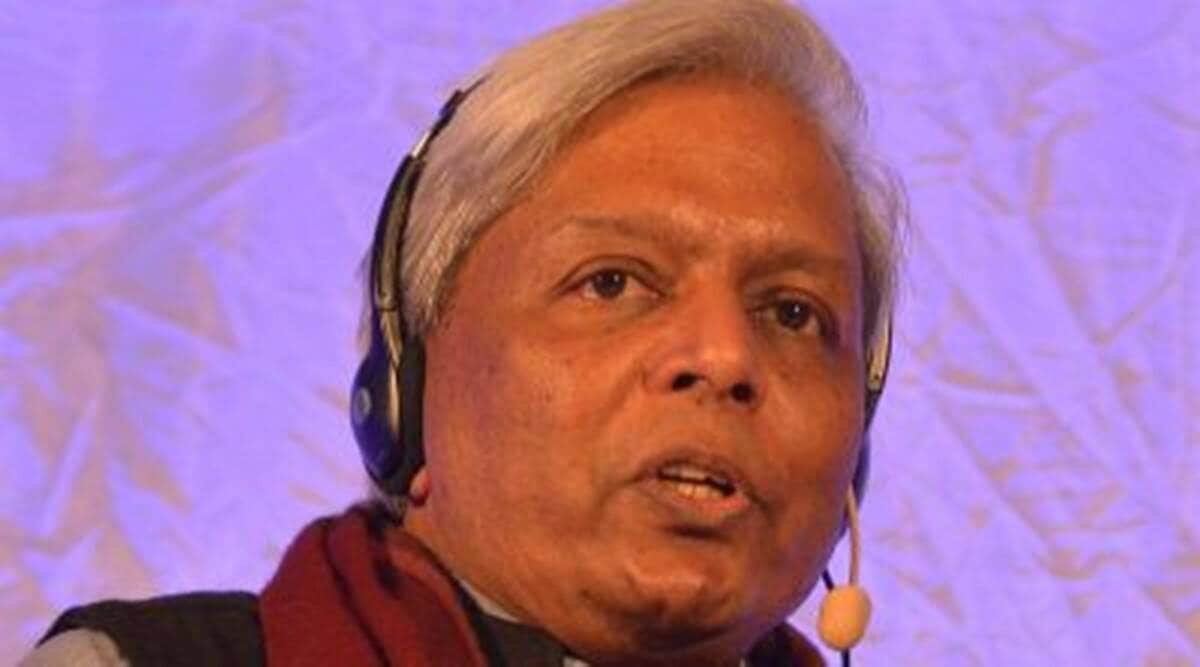"The ferocity of the second wave did take everyone by surprise. During the first wave, multiple measures were initiated for revamping response infrastructure." says K Vijay Raghavan, Principal Scientific Advisor to the Union government.
Get email alerts for your favourite author. Sign up here
K Vijay Raghavan, Principal Scientific Advisor to the Union government, speaks with The Indian Express on the pandemic, what went wrong, and whether the end is anywhere in sight. Excerpts:
Were we taken by surprise by the ferocity of the second wave?
The ferocity of the second wave did take everyone by surprise. During the first wave, multiple measures were initiated for revamping response infrastructure. This infrastructure, the flattening of the first wave, and the confidence from vaccine development, all contributed to us not anticipating the size of this surge.
Also, we had seropositivity results from tests conducted in some metros, which suggested that we had a pool of recovered people that would help in bending the curve. The seropositivity tests were well done, but their results should not have been taken as the average for the entire large metros. Some people did.
Also, scientists, both within and outside the country, were anticipating that the second wave would be of similar size or lower. None of them were forecasting second wave of such vehemence.
How would you respond to the criticism that we failed to anticipate the crisis? Did we drop our guards?
Indeed, health experts had been warning us about the second wave. While we were all aware of second waves in other countries, we now had vaccines at hand, and no indications from modelling exercises suggested the scale of the surge… So, it became a race to vaccinate as many as we could, while also maintaining Covid- appropriate behaviour. Doing the former (vaccinating everyone) takes time. We slackened on the latter (following Covid-appropriate behaviour).
The importance of following precautions and getting vaccinated to prevent second waves was emphasised repeatedly. There was perhaps a numbing in signalling and response. Perhaps we got used to hearing this too often. It is not easy to be observant for so long, but this is literally a matter of life and death.
At the same time, people were also exposed to pseudo-science and misinformation. Some of this was coming from sources that the general public could safely assume to be credible, such as those promoting ‘herd-immunity’ by allowing, and modestly calibrating, disease spread. That led to a confusion in messaging, and impacted public behaviour.
There were major efforts by central and state governments in ramping up hospital and health care infrastructure during the first wave. That wave gave us many tools and understanding on what to do at the hospital end. But, as that wave declined, so perhaps did the sense of urgency to get this completed.
However, one very important point must be kept in mind. It is just not possible to amplify the capacities of a public health system within a year to a level that would be sufficient to cope with what we are seeing now. You can build about 20-50 per cent more capacity in one year in some locations. A five-fold increase in capacity cannot be built in a year.
Should there be a third wave, would we be able to handle it more effectively?
The long-term way of dealing with a crisis like this is not to create permanent vast excess capacities that will be adequate for a five-fold or ten-fold rise in cases. The important thing is to broaden and strengthen our baseline capacities, and, at the same time, prepare auxiliary capacities that can be pulled in during times of crisis. We need a large number of people with awareness and basic training, who can be in a position to contribute in emergencies. One can probably look for parallels like the territorial army or NCC in the area of defence.
With the benefit of hindsight, what are the three or four things that we could have done differently?
Not differently, but more rigorously perhaps. Measures like widespread use of masks and restrictions on large public gatherings should have been more strictly enforced, and abided by. Molecular, and public health, surveillance could have been better integrated.
We need to strengthen our healthcare infrastructure, especially provisions for oxygen, ramp up training of personnel who can be summoned for emergency duty.
What is our current understanding of the main reasons for the ferocity of the second wave? Is it caused by new variants?
B.1.1.7 (the UK variant), with known higher transmissibility, is driving outbreaks in North India, reaching nearly 100 per cent levels in Punjab and about half or more in Delhi, Haryana, and UP. Its prevalence is rising in Rajasthan and Kerala as well. B.1.617 (the double mutant as it is commonly referred to) was associated with outbreaks in Maharashtra, where transmissibility increased after its appearance. This variant is increasing in Delhi, and Bengaluru, along with B.1.1.7. Evidence suggests that both these variants have similar transmissibility.
Did we miscalculate on the vaccine front?
The model adopted by the United States or other countries in procuring vaccines may not be the most effective or useful for us. Look at the kind of money that was poured into Operation Warpspeed (of the United States), for example. Not every country has that kind of money.
Yet, that does not mean that India became totally dependent on two vaccines or two companies only. We have arrangements to bring in more vaccines, and they would be coming in the next few months. Serum has an arrangement with Novavax. This will come by about July. Johnson & Johnson has tied up with Biological E. This will come soon. Zydus should be ready in some time. Sputnik is already there. All of this has been facilitated actively from early last year, at the start of the pandemic. That is why we can have them now and soon.
Based on the inputs that you would have, when is the curve likely to begin to bend?
Maharashtra may have reached a plateau, but the next few days will tell better. In Delhi, hopefully, we will start seeing a decline soon. India may peak in May, but much depends on what we do by way of behaviour.
The situation in Uttar Pradesh continues to be a concern. Also, in Tamil Nadu and Karnataka. All these states, by the way, can still turn around things. It is not that the situation has to deteriorate further. With immediate strong action, it is possible to prevent further deterioration.
Source: Read Full Article



